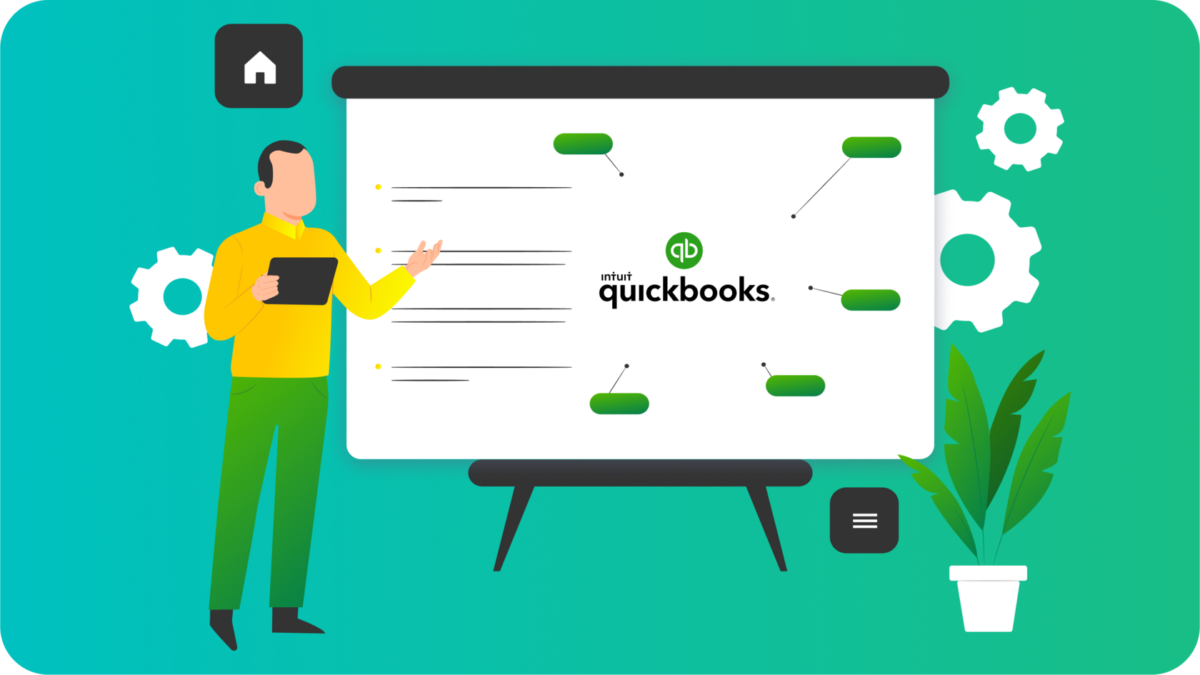Different and Efficient Methods to Prevent Yourself from Being Hacked
Despite the fact that technology has made our lives simpler, it has also resulted in the proliferation of cybercrime. There have been thousands of people and organizations that have been compromised by hackers. Ninety-one percent of all assaults are the result of phishing emails. Approximately six months are required to identify the majority of these data breaches. After a period of six months, it is possible that the hackers have eliminated all evidence of their participation.
Gallup conducted a research not so long ago that found that Americans are more worried about cybercrime than they are about physical crimes. Data that is kept on the internet is very susceptible to being compromised, as shown by these figures. Hackers have access to cutting-edge equipment in addition to the technical expertise necessary to perpetrate their attacks. Because of this, it is easy to penetrate people as well as corporations worth billions of dollars.
Are you able to trust the security of your information on the internet?
Are you familiar with the data breach that Yahoo had between the years 2013 and 2016? The year 2013 saw the breach of three billion Yahoo accounts, which was followed by an assault in 2014 that impacted five hundred million people individually. The incident that occurred with Yahoo demonstrates that it is necessary for every firm, regardless of its size, to have appropriate security measures for the data that is held. If this does not occur, the information will be readily available to cybercriminals.
1. All devices should be updated and patched.
Each and every one of your devices, particularly those that are used to connect to the internet, must have regular patches and updates applied to them. When it comes to dealing with the patching of software vulnerabilities or security problems, updates provide a great deal of assistance. By exploiting these vulnerabilities in the system, hackers are able to get unauthorized access to your information and use it for their own harmful purposes. Your data will be protected, and you will remain up to date with the most recent technological advancements, if you keep all of your gadgets updated and patched.
2. Utilize anti-virus software on each and every one of your gadgets.
Have you ever considered the possibility that a hacker may get all of your personal information when you are downloading a new book or business program from a platform that has been verified? When the Google Play Store was hacked and used to transmit the malware known as MobSTSPY, this was the situation that occurred sometime in the past. More than 196 nations were impacted by this. If you have access to your Google or Yahoo account, you will have access to any and all information that you may have stored on the internet.
Always make sure that all of your devices are running the most recent version of antivirus software. Having a reliable antivirus program is really necessary, particularly for those who run online enterprises that need the transmission of sensitive information and the processing of online payments. In addition to this, it is able to identify more sophisticated types of malware, which may also be encountered by just clicking on a pop-up on your mobile device.
3. Make sure that your cloud, email, social media, and bank accounts all have dual-factor authentication applied to them.
The use of dual-factor authentication on your accounts provides an additional degree of protection for the information you may access online. Despite the fact that a hacker may be able to break your password, it is more difficult for them to have access to the information you have stored online. When it comes to a time-sensitive login procedure, hackers will still be required to circumvent an additional protection layer. Even if you have this security feature in place, you should still be sure to choose a password that is difficult to guess.
4. Make use of a safe that requires a password
In the most accurate sense, a password safe may be understood as a password storage service. Whenever the user makes a request for access, it decrypts all of the passwords and then unlocks them all. You no longer need to worry about forgetting your password and locked yourself out of your account by using passwords that are simple to guess or weak. You may get rid of these passwords. In exchange, you may create a password that is difficult to guess in order to make things more difficult for hackers, and you can place the password in a password safe in order to encrypt it and provide further protection.
5. Construct a firewall.
Firewalls are network systems that are meant to have control over the traffic that is coming into and going out of your device. Despite the fact that many devices come with the capability of a firewall, the majority of them need the feature to be enabled before it can be used. If you are accessing an untrusted external network from a trusted internal network, a firewall will operate as a barrier to prevent unauthorized access. The former is a method that hackers may use in order to obtain access to your online information, which may include passwords and bank account details. In light of this, you should make certain that all of your devices are put behind an operational and efficient firewall.


